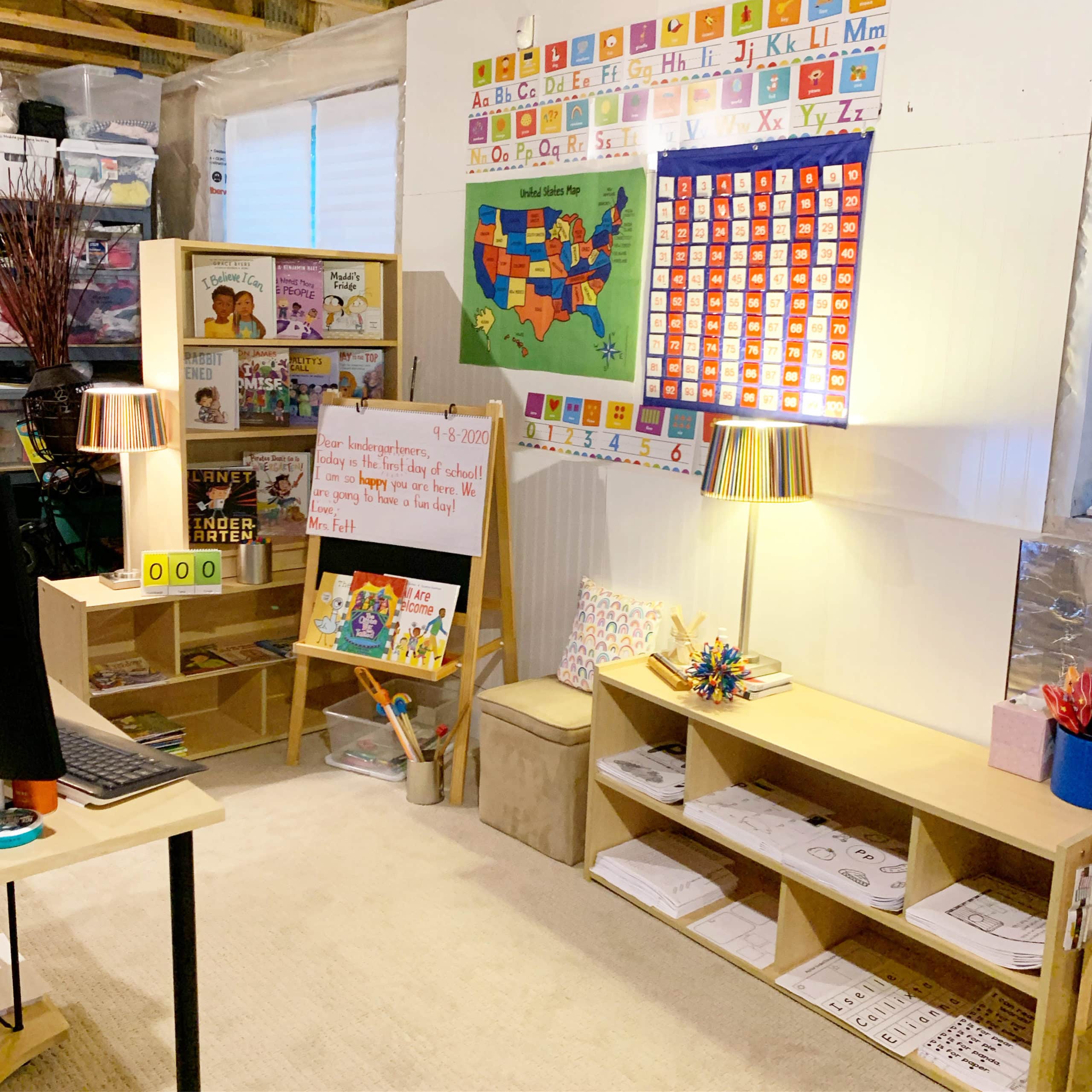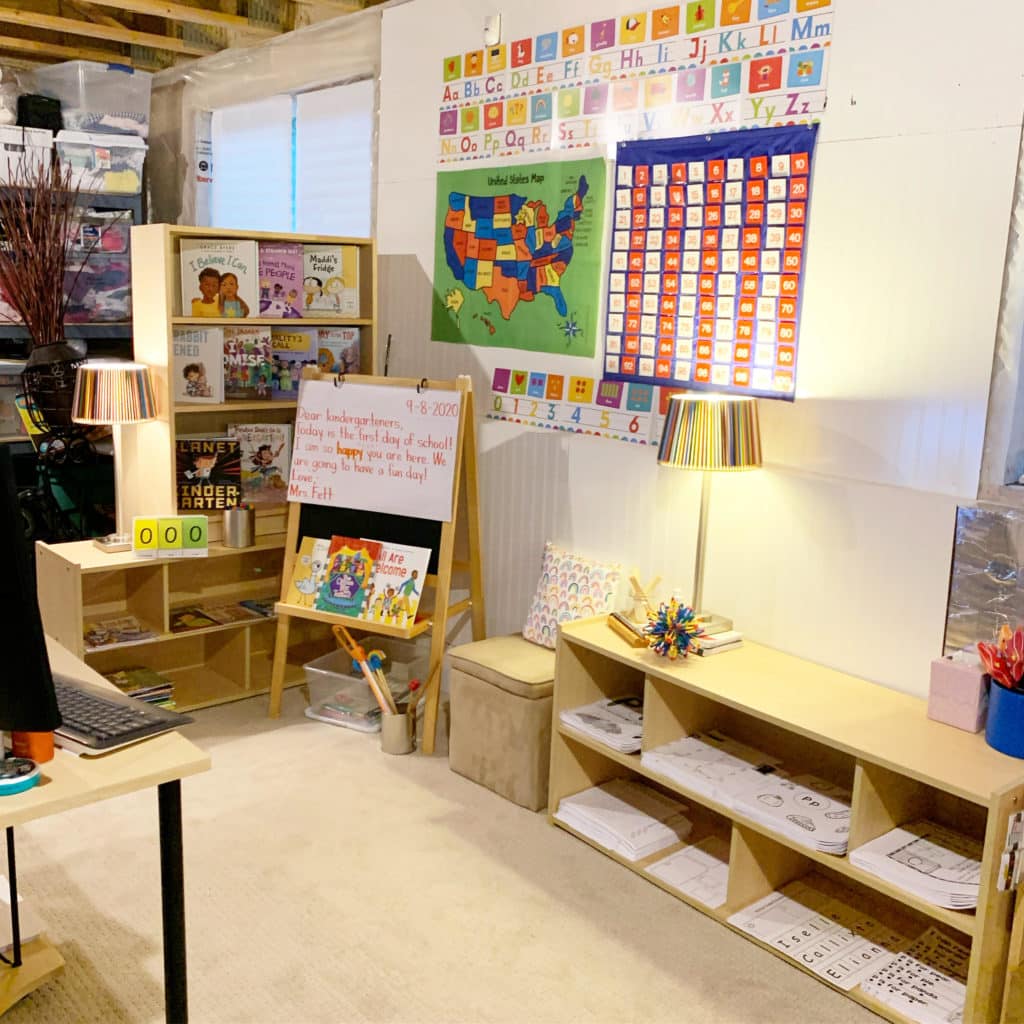My Approach to Virtual Kindergarten

Last spring, when terms like global pandemic, virus, hybrid-, distance-, synchronous-, and asynchronous-learning first became a regular part of educators’ vernacular and most educators across the country were thrown into unfamiliar territory, I couldn’t wait for the school year to be finished. Everything felt new, uncomfortable, and stressful, and trying to navigate a new way of teaching overnight was exhausting. Last spring, I relied on the solid foundation of routines, procedures, and relationships I had spent the last seven months creating to get my class of first graders through to the last day of school. I cried thinking about all of the things they were missing out on – field day, hatching chicks, and end of the year celebrations, to name a few.

So, in late August, when a last-minute opportunity came my way to teach kindergarten in my district’s brand-new fully online school, I surprised myself by agreeing to take it on. I had spent the summer teaching four-day Responsive Classroom courses to educators all over the world and knew that distance learning – when thoughtfully planned and orchestrated – could be a powerful vehicle for learning. Week after week, I was surprised at the relationships and rapport I was able to build with my participants over the course of only four short days together.
I knew it would be a challenge to transition from virtually teaching adults to kindergartners, but I also knew if I went in with a solid plan for the first six weeks of school, I would have the most success. Building relationships with children and families was my number one goal, along with relying on routines, procedures, and other Responsive Classroom structures to bring about a predictable virtual learning experience. I reflected often on what routines, procedures, and structures had worked well in prior years and knew I had to adapt those for distance learning. While I wasn’t sure how some things would translate online, I knew I at least had to try them. I also knew that I wanted to incorporate play and active movement into every possible part of our kindergarten day.
In Yardsticks, Chip Wood writes, “Learning is at its best for fives when it is both structured and exploratory: structured through a clear and predictable schedule, exploratory through carefully constructed areas where they can initiate their own active discoveries through play – the vital work of the five-year-old.” Using Interactive Modeling, the first routine I taught my new kindergartners was the chime as an auditory signal, just like I would have if we were together in person. Other routines – such as beginning each day with Morning Meeting, using Guided Discovery and Interactive Modeling to introduce new materials and tools, using energizers liberally, and keeping lessons developmentally appropriate (i.e. short and ACTIVE!!) – helped make my first few days of virtual kindergarten a smashing success.
Yes, there are things that are just plain hard to do across a screen (imagine a virtual Interactive Modeling lesson with scissors and glue as the focus with kindergartners!) but I’ve learned that it IS possible to make real and meaningful connections with children and families through a screen. I look ahead to the rest of the year with excitement and joy and know that the foundation I am building will be the key to a successful year.
